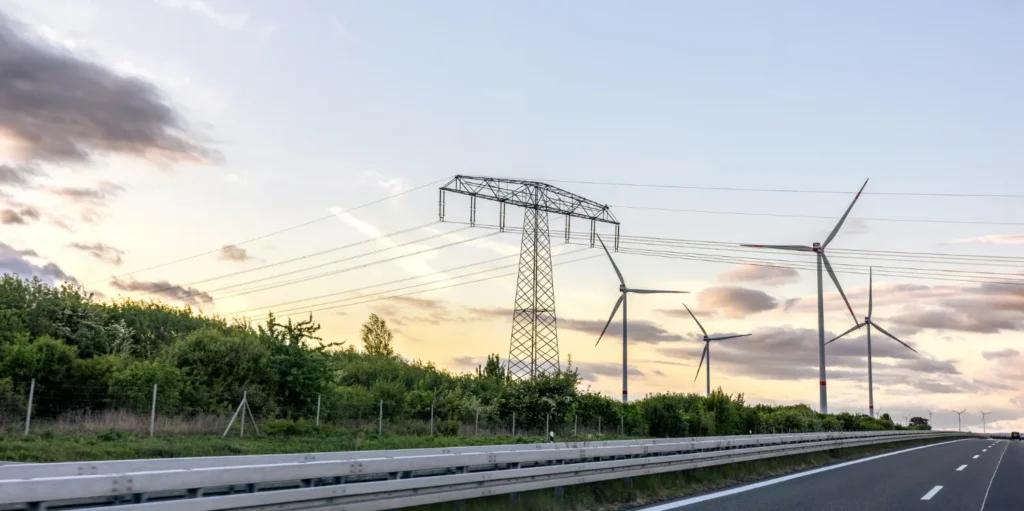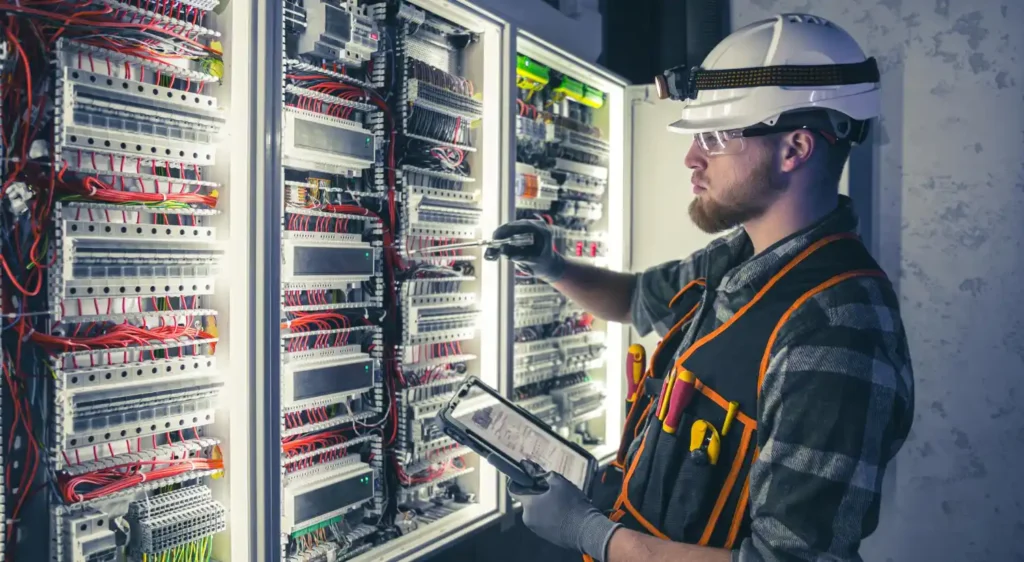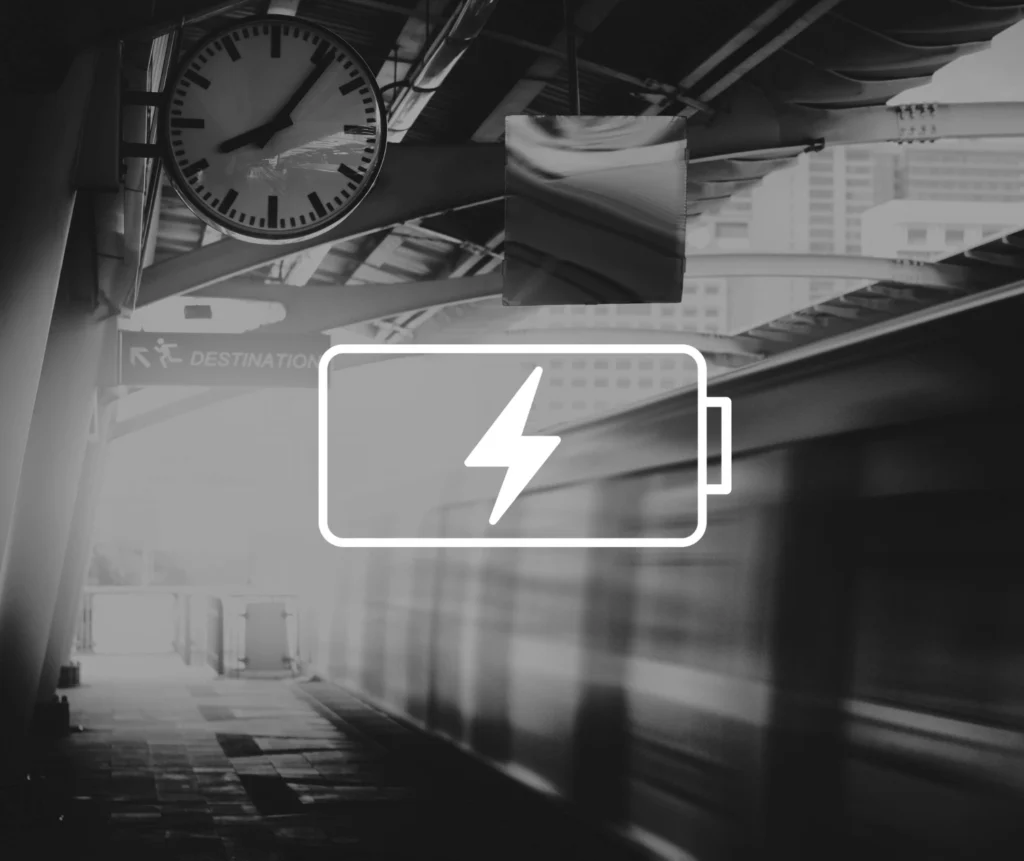Moving towards a low-carbon future and tackling climate change is bringing new challenges to the operators of the UK and Ireland’s energy networks. It will be vital to transform the capability of the networks while keeping costs down for consumers. This means managing our asset base in a smarter and more efficient way.
In recent years our energy networks have become the most innovative part of the energy industry, driving efficiency and developing the tools and technologies which will underpin the systems of the future. Decarbonisation, decentralisation and digitalisation are changing our energy system rapidly and the ways in which energy is produced, supplied and consumed is very different from only a few years ago.
This pace of change is set to accelerate as take up of new technologies such as electric vehicles, energy storage, green gas and hydrogen increases while consumers are seeing greater choice and control over the way in which they use energy. The ways in which network assets are managed in the networks of the future will therefore have to be very different to the ones that have served the UK well for more than 40 years.
New technologies have become and continue to be more affordable and available. This new equipment, along with an increasing amount of real time data, have helped the network companies become more efficient as well as improve reliability. Notably, our gas networks are half way through a major 30-year programme of investment under the Iron Mains Risk Reduction Programme, which in practice means that the vast majority of the distribution network will consist of safer, low-maintenance assets by 2032.
Network operators need good quality, accurate data on assets to be able to manage and maintain their networks.
Greater use of smart systems, cognitive computing and automation is essential to meet the challenge of reducing costs while maintaining asset integrity and operating safely. This could include predicting when equipment needs maintenance as well as improving the accuracy and accessibility of asset records. Fast and secure telecommunications and control systems are helping networks to access remotely, interrogate and operate the network, reducing operation costs and laying the foundation for the smart grid.
Innovation is also central to the move towards a smarter network. For our gas networks it means managing increasing flows of decarbonised gas from decentralised biomethane plants, and preparing the network for a wider range of gasses in the future, including the potential for hydrogen blending and conversion.
For electricity this means enabling the smart grid and the transition from DNO to DSO. The Energy Networks Association is currently running a major energy industry initiative, the Open Networks Project, which will transform the way our energy networks work, while underpinning the delivery of the smart grid. We recently launched a major new consultation on electricity networks’ plans to deliver a smarter, more flexible and more decentralised energy system, a change which could save consumers as much as £40 billion by 2050.
Increasingly gas and electricity networks are looking at taking a whole system approach and working closer to improve reliability and maintenance. This will be very much in evidence at the eighth annual Low Carbon Network Innovation (LCNI) Conference, sponsored by Cadent, which is taking place in Telford on 16-17 October. It will bring together in one place all the UK’s gas and electricity network companies, Government, regulators and the key industry spokespeople from across the country to provide attendees with a unique opportunity to engage and shape electricity and gas network innovation.
It is vital for investment to be maintained on the distribution and transmission system during the next price control period. There needs to be a clear and explicit recognition of the future long-term role of both the gas and electricity networks in delivering government’s wider energy and industrial policy agenda and a sustainable future. Innovation and new technology will continue to provide networks with the tools to manage the assets on their networks better as well as providing consumers with a more reliable, lower cost and lower carbon system.
This year’s Low Carbon Networks & Innovation Conference (LCNI) is taking place at the International Centre Telford from 16-17 October. For further information visit http://www.lcniconference.org/
Moving towards a low-carbon future and tackling climate change is bringing new challenges to the operators of the UK and Ireland’s energy networks. It will be vital to transform the capability of the networks while keeping costs down for consumers. This means managing our asset base in a smarter and more efficient way.
In recent years our energy networks have become the most innovative part of the energy industry, driving efficiency and developing the tools and technologies which will underpin the systems of the future. Decarbonisation, decentralisation and digitalisation are changing our energy system rapidly and the ways in which energy is produced, supplied and consumed is very different from only a few years ago.
This pace of change is set to accelerate as take up of new technologies such as electric vehicles, energy storage, green gas and hydrogen increases while consumers are seeing greater choice and control over the way in which they use energy. The ways in which network assets are managed in the networks of the future will therefore have to be very different to the ones that have served the UK well for more than 40 years.
New technologies have become and continue to be more affordable and available. This new equipment, along with an increasing amount of real time data, have helped the network companies become more efficient as well as improve reliability. Notably, our gas networks are half way through a major 30-year programme of investment under the Iron Mains Risk Reduction Programme, which in practice means that the vast majority of the distribution network will consist of safer, low-maintenance assets by 2032.
Network operators need good quality, accurate data on assets to be able to manage and maintain their networks.
Greater use of smart systems, cognitive computing and automation is essential to meet the challenge of reducing costs while maintaining asset integrity and operating safely. This could include predicting when equipment needs maintenance as well as improving the accuracy and accessibility of asset records. Fast and secure telecommunications and control systems are helping networks to access remotely, interrogate and operate the network, reducing operation costs and laying the foundation for the smart grid.
Innovation is also central to the move towards a smarter network. For our gas networks it means managing increasing flows of decarbonised gas from decentralised biomethane plants, and preparing the network for a wider range of gasses in the future, including the potential for hydrogen blending and conversion.
For electricity this means enabling the smart grid and the transition from DNO to DSO. The Energy Networks Association is currently running a major energy industry initiative, the Open Networks Project, which will transform the way our energy networks work, while underpinning the delivery of the smart grid. We recently launched a major new consultation on electricity networks’ plans to deliver a smarter, more flexible and more decentralised energy system, a change which could save consumers as much as £40 billion by 2050.
Increasingly gas and electricity networks are looking at taking a whole system approach and working closer to improve reliability and maintenance. This will be very much in evidence at the eighth annual Low Carbon Network Innovation (LCNI) Conference, sponsored by Cadent, which is taking place in Telford on 16-17 October. It will bring together in one place all the UK’s gas and electricity network companies, Government, regulators and the key industry spokespeople from across the country to provide attendees with a unique opportunity to engage and shape electricity and gas network innovation.
It is vital for investment to be maintained on the distribution and transmission system during the next price control period. There needs to be a clear and explicit recognition of the future long-term role of both the gas and electricity networks in delivering government’s wider energy and industrial policy agenda and a sustainable future. Innovation and new technology will continue to provide networks with the tools to manage the assets on their networks better as well as providing consumers with a more reliable, lower cost and lower carbon system.
This year’s Low Carbon Networks & Innovation Conference (LCNI) is taking place at the International Centre Telford from 16-17 October. For further information visit http://www.lcniconference.org/


